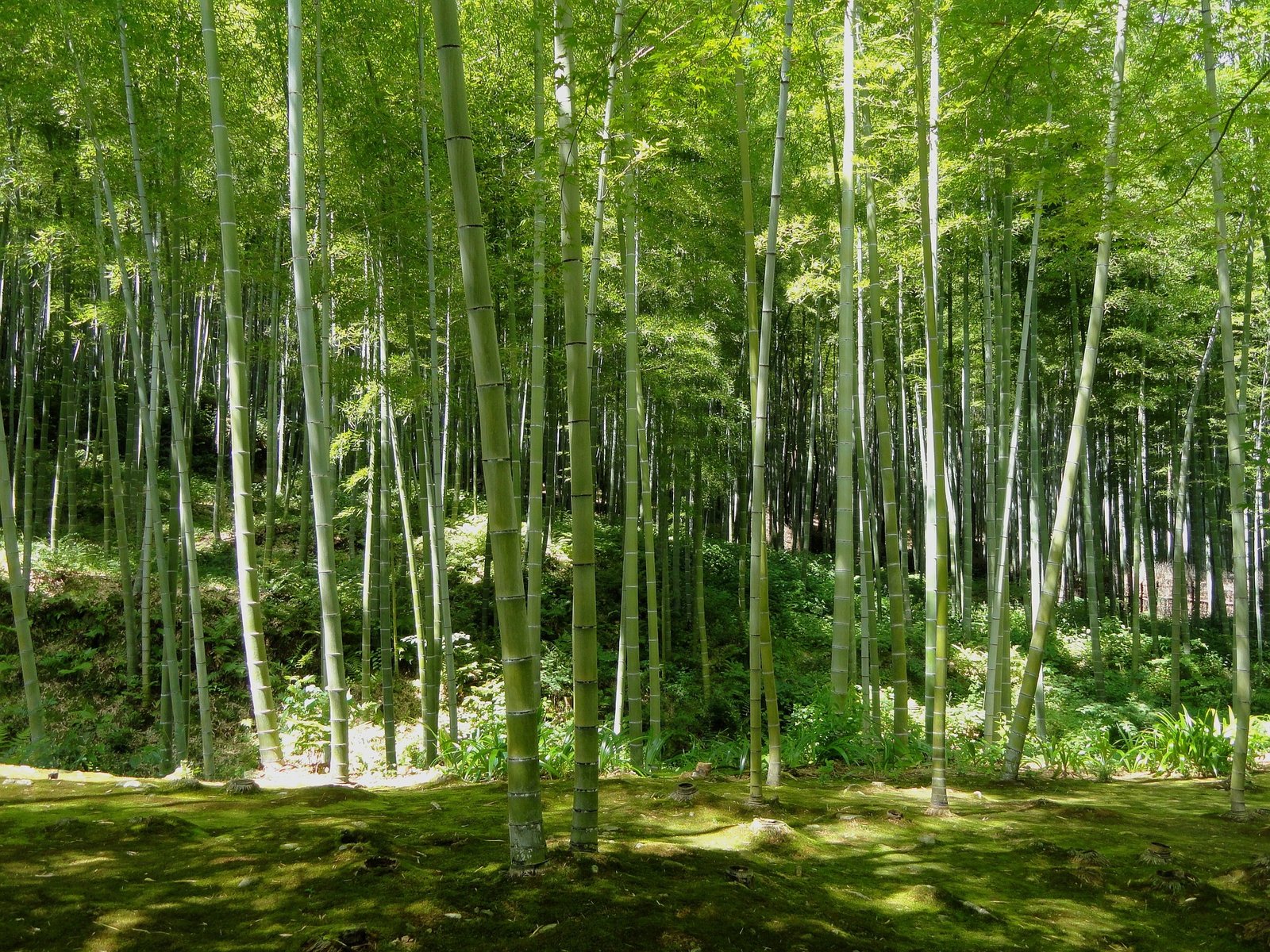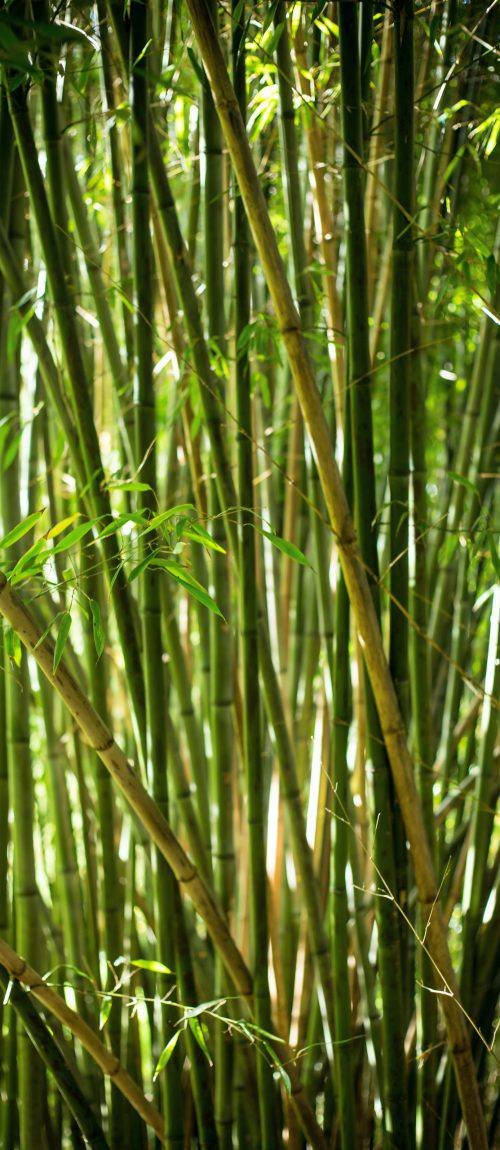Nepal Bamboo Mission (NBM) is set up under Mt. Everest Forest Botanicals Alliance and active collaboration of FECOFUN. It envisages to promote mass cultivation of bamboo for conservation and generating income and employment for the women, dalits, farmers and other unemployed youths of rural and urban centres of Nepal. It has a time bound action plan with the broad aim of marshaling the scattered resources of the forestry and development sector on Nepal. Under Nepal Bamboo Mission, the project has adopted a focused approach to revitalize the bamboo sector by promoting value addition, enhancing income generation and alleviating poverty through the following interventions:
About Nepal Bamboo Mission
- To assist the local government to take up bamboo plantation projects under cluster approach
- It will facilitate guaranteed plan of buy back the harvested bamboo either for processing for the domestic and overseas market in collaboration with established market actors
- It has a plan to assist the local governments to conduct training of the trainers and subsequently the farmers for the cultivation and management of the plantation for higher yield.
Model Bamboo Cluster Development
MEFBA & FECOFUN will initiate the formation and development of bamboo clusters, starting with Makwanpur district initially in partnership with the municipalities and other government agencies. The community will envisage the setting up a Bamboo Innovation Centre as a Common Facility Centre (Sajha Shrot Kendra) once the plantation and harvesting process commences including setting up of a bamboo treatment plant. The treated bamboo will be further processed in two phases of 1. Primary and 2 Secondary Processing Units.
The Bamboo Innovation Centre (BIC) acts as a Resource Centre for the development of the bamboo sector in the district and the province. The main objectives of the Centre are:
- To create a database about propagation, design, process development, technology etc.
- To act as an incubation centre and information dissemination centre, and
- To function as a facility to learn the process of the developed designs.The centre also provides an opportunity for producers in the state to be familiarised with technology interventions and processes.
- A digital Bamboo Information System including details about Propagation, Tools and Equipments, and Treatment of bamboo has been under development at the MEFBA centre in addition to Product manual and a Product catalogue. Further, an Android app is under development to access the information system.
Sajha Shrot Kedra will primarily be activated to:
- Set-up cluster based Producer Cooperative as social enterprise.
- Development of infrastructure through PPP approach at different business hubs for common facility centre and skill training
- To Set-up business help desk for entrepreneurs and clusters as Mentoring and incubation.
- R&D centre for craft design and perfumery.
- Linkages with as many small producers in bamboo and NTFP sector in different parts of Nepal.
- Assess gaps in skill of artisans on location basis
- Prepare training module based on the need-assessment
- Quality enhancement and Product improvement on existing products through Engineering inputs
- Promotion of bamboo-based entrepreneurship by providing necessary support services
- Provide necessary support to create market demands
- Act as a support service provider to bridge the critical gaps in the sector
- Promotion of bamboo propagation
- Maintaining an information System about Bamboo
- To Promote pro-poor women centric value chains in incense sticks sector
- Creation of new design for innovative products in Bamboo sector
Such an intervention-based approach is expected to create income generation opportunities at various levels, especially among women, dalit, forest users group and improving the living standards of the artisans/craftsmen thereby contributing to the overall growth of the sector.
The following bamboo sector interventions under Nepal Bamboo Mission need to be dealt with for a successful launching and progress of the mission:
- Bamboo Technology
- Processing
- Harvesting
- Treatment
- Manufacturing
- Handicrafts
- Integrating with the markets
Different interventions to be made available from the MEFBA CENTRE, Kathmandu:
Plant Science and Agri-engineering
- Tissue Culture Seedlings supply
- Nurseries
- Drips and Irrigation System
Chemical Treatment
- Vacuum Pressure Plant
- Fumigation
- Boiler Tanks
- Carbonation Chambers
- Chemicals
Construction Products
- Floor Tiles
- Mat Board
- Furniture Board
- Plywood
- Particle Board
- MDF
- HDF
Speciality Products
- Fabrics
- Bamboo Plastics
- Composites
- Toilet Paper
- Towels
- Utensils
- Bottle
Energy Products
- Briquettes
- Charcoals
- Biogas
- Bioethanol

Under Sajha Shrot Kendra:
1)Bamboo Cultivation and Harvesting
2)Primary Processing
- Cross Cut Saws
- Splitting
- Slicing
- Strip Making
- Sliver Making
- Peg Making
3) Secondary Processing
- Agarbatti Stick Making
- Chopsticks
- Kulfi/Icecream sticks
- Mat
- Curtain (Venetian Blinds)
- Tooth pick
- Tooth brush
- Pencil
- Bamboo Handicrafts / Bamboo Utility Products
Annexure
Income and profit Projections based on the database of INBAR (1 Plantation Unit of 27.5 acres of 16.43 Bigha)
- Number of trees that can be harvested are: 180 (it is assumed that there is a 10 % mortality rate). x 27.5 acres (in 1 Plantation Unit)= 4959
- Per clump the number of culms is: 5.
- 1 acre of land produces culms: 900 (approximately) x 27.5 acres = 24,750
- Weight of each culm of bamboo (average): 15 kg x 24750 = 3,71,250 kg
- So the total price of 900 culms per an acre is: Rs 90,000 (5th year of planting)
- Or x 27.5 = Rs 24,75,000 – 5th Year Projection
- Next subsequent year the number of clum per clump increase to 7 (average)
Or 7 culm x 180 clumps = 1260 culms
Or x 27.5 acres = 34,650 culms
- Or Rs 100/culm x 34650 = Rs 34,65,000 – 7th Year Projection
- By weight 5,19,750 Kg of gross bamboo timber will be produced.
It is important to note that the other extra charges like the electricity, transport, labour shed, post harvest management, land, agricultural equipment etc. have not been included in the calculation. These may bring up more investment into the business and also every subsequent year after the 1st year of planting needs some investment into labour, manure, fertilizers and plant protection materials similar to the 5th year.
Sometime farmers refill the 10% loss of plants by replanting new plants in the 2nd year.
- Nett tons of bamboo (per acre: 13.5) x 27.5 acre under one Cluster Unit Project – 371.25 tonnes
The average sale price of bamboo culms per piece is: Rs 100 ( may vary depending on the quality and area of sales). With the tie up with the Primary Processing Unit of MEFBA the same bamboo will fetch higher price by up to 60% after treatment.
The planting materials will be tissue culture varieties of the following species:
- Phyllostachys edulis
- Bambusa balcooa

